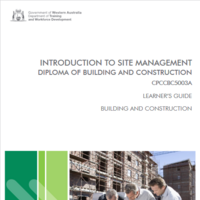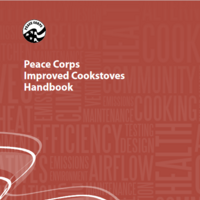Search
Books+
Searching 1,730 books
Search related to the career Party Planner
1. Research and Preparation:
Before entering into contract negotiations with vendors, it is crucial to conduct thorough research and preparation. This includes gathering information about the vendor's products or services, their pricing structure, industry standards, and any relevant market trends. It is also important to clearly define your organization's needs and objectives.
2. Define Your Requirements:
Clearly articulate your requirements and expectations in the contract. This includes specifying the quantity, quality, delivery timelines, payment terms, and any other relevant details. Ensure that all parties involved have a clear understanding of what is expected.
3. Establish Your Negotiation Strategy:
Develop a negotiation strategy that aligns with your organization's goals and objectives. Determine your desired outcomes, such as pricing discounts, favorable terms, or additional services. Identify your negotiation limits and alternatives in case the negotiations do not go as planned.
4. Build a Relationship:
Establishing a positive and professional relationship with the vendor can greatly influence the negotiation process. Building rapport and trust can lead to better cooperation and understanding during the negotiation discussions.
5. Start with a Win-Win Mindset:
Approach the negotiation with a win-win mindset, aiming to create a mutually beneficial agreement. Focus on finding common ground and exploring options that satisfy both parties' interests. This approach can help foster a long-term relationship with the vendor.
6. Communicate Clearly:
During the negotiation process, ensure that all communication is clear, concise, and unambiguous. Clearly express your expectations, concerns, and any proposed changes to the vendor's initial offer. Active listening is also essential to understand the vendor's perspective.
7. Explore Value-Added Services:
Consider negotiating for value-added services or additional benefits that can enhance the overall contract. This could include extended warranties, training programs, technical support, or other complementary services that can provide added value to your organization.
8. Seek Competitive Bids:
If possible, obtain competitive bids from multiple vendors to leverage during negotiations. This can provide you with alternative options and bargaining power to secure more favorable terms.
9. Review and Revise:
Carefully review the proposed contract terms and conditions. Identify any areas that require clarification, modification, or removal. Collaborate with the vendor to revise the contract until both parties are satisfied with the final version.
10. Formalize the Agreement:
Once the negotiation process is complete, formalize the agreement by documenting all agreed-upon terms and conditions in a written contract. Ensure that all parties involved review and sign the contract to make it legally binding.
Remember, negotiation is a skill that improves with practice. By following these steps and adapting them to your specific situation, you can increase your chances of achieving a successful contract negotiation with vendors.
Source: Various AI tools




















































